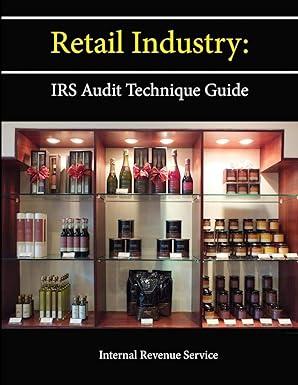Question
A company produces a final product that is assembled from three different parts: Part 1, Part 2, and Part 3. In other words, one unit
A company produces a final product that is assembled from three different parts: Part 1, Part 2, and Part 3. In other words, one unit of final product is composed of one unit of Part 1, one unit of Part 2, and one unit of Part 3. These parts can be produced in two departments with different capacities and production rates. 1 and 2 represent the weekly capacity (in hours) of Department 1 and Department 2, respectively. The production rates are uncertain due to several factors such as worker performance, material quality, and equipment breakdown. There are five different possible scenarios which are equally likely to occur and represents the production rate (in units/hour) in Department for Part in Scenario . The weekly production plan (i.e., production hours to be allocated by each department to each part) is determined without perfect information on the production rates. After the plan is implemented, the uncertainty is resolved (i.e., the scenario is realized) and the production rates become known. Formulate this weekly production planning problem as a two-stage stochastic linear program that maximizes the expected number of final products. Please clearly define your notation and the components of your formulation.
Step by Step Solution
There are 3 Steps involved in it
Step: 1

Get Instant Access to Expert-Tailored Solutions
See step-by-step solutions with expert insights and AI powered tools for academic success
Step: 2

Step: 3

Ace Your Homework with AI
Get the answers you need in no time with our AI-driven, step-by-step assistance
Get Started


